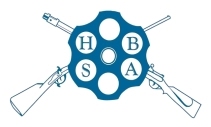Historic McQueen Rifle Competition
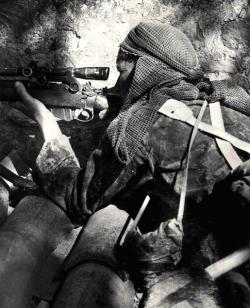
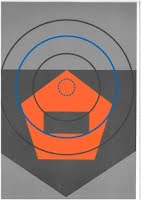
McQUEEN RIFLE CHAMPIONSHIP for HISTORIC RIFLES
2024 is fully booked
Online booking – limited to 14 competitors, each shooting three times
INTRODUCTION
The programme and Entry Fees details are listed below. Multiple entries (same Rifle, different Matches or different Rifles, same Match) permitted (and encouraged!)
COMPETITORS
Members and Non-Members of the HBSA.
MATCH CONDITIONS
- As HBSA Rules 1995
- However, orthoptic accessories, a padded glove and a sling (two point or as issued) may be used
- Position: prone with the aid of a sand bag, or wrist rest (bipod allowed in Match IV and V)
- No HME rifles are permitted
- Sights: Any, including magnifying or telescopic in the spirit of the original. Modern optics for honours only.
- Distances: 200 yards for all Classes
- Targets: DP14/03
COURSE OF FIRE
- At the instruction to do so, two sighting shots will be fired at a static DP14/03. Each sighting shot will be marked for point of impact using a spotting disc
- The rifle will then be made ready with 10 rounds. Rounds can be fed from a magazine, stripper clip or can be single loaded as preferred by the shooter
- Following the command “watch and shoot” the target DP14/03 will make ten appearances of three seconds, with irregular intervals of between 10 and 20 seconds between appearances
- Each appearance of the target (over cover and loop holes) will be at random locations, the sequence being varied for each competitor
- For iron sighted rifles, the target will appear only above the castles
- The competitor will fire one shot at each appearance
- The target will be marked and the scores radioed back to the RCO
- Shots will score V, 5,4,3 and 1
MATCH I: The “Pegahmagabow SR(a)” for Classic (pre-1919) Service Rifles (issue sights)
MATCH II: The “Zaitsev SR(a)” for Veteran (1919-1945) Service Rifles (issue sights)
MATCH III: The “Lovat” for Classic and Veteran (pre-1946) Service Sniper Rifles
MATCH IV: The “Plunkett” for pre-1946, any class, contemporaneous iron or optical sights
MATCH V: The “Hathcock” for Post-Veteran First Generation 7.62mm (using SR pattern bolt action). Contemporaneous iron or optical sights.
PRIZES
Commemorative Certificate for winner of each Match plus 2nd & 3rd dependent upon numbers.
GENERAL
The Matches are multiple entry: A queuing system will be operated on the day. Those not firing in a Detail may be required to act as Range Officers
SCORING

Dotted blue circle = V 1”/25mmDiameter
Black circle = 5 4”/100mm Diameter
Blue circle = 4 6”/150mm Diameter
Black circle = 3 8”/200mm Diameter
Anywhere else = 1 Nominally 11.5”x8.75” 290mm x 210mm
Francis Pegahmagabow

The exploits and accomplishments of World War I sniper Francis Pegahmagabow read like something out of a comic book or summer blockbuster movie.
Pegahmagabow, an Ojibwa warrior who fought with the Canadians in battles like those at Mount Sorrel, Passchendaele and The Scarpe, is credited with 378 kills as a sniper.
As if that wasn’t enough, he was also awarded medals for running messages through heavy enemy fire, for directing a crucial relief effort when his commanding officer was incapacitated and for running through enemy fire to get more ammo when his unit was running low.
The Toronto Star suggests that Pegahmagabow applied the skills he honed during his childhood on the Shawanaga reserve on Georgian Bay to the war, but historian Tim Cook has another theory why Pegahmagabow and other native Canadians joined the war effort and fought so hard overseas. “They felt that their sacrifice (would) earn them a right to perhaps push for more rights in society,” Cook said.
Not so for Pegahmagabow. Though he was a hero among his fellow soldiers in Europe, he was virtually forgotten once he returned home to Canada.
Vasily Zaytsev

Several of the snipers in our top 10 have been portrayed in movies, or had characters based on them, but none more famously than Vasily Zaytsev, whose record was the basis of the 2001 movie Enemy at the Gates.
You know you’ve made your mark on history when a famously good-looking actor, like Jude Law, plays you in the movie about your life.
Too bad the duel at the center of the movie was fiction.
Scholars and hobbyists alike have tried to puzzle out whether the duel between the ace Russian sniper and an equally regarded German rifleman ever took place. Records are spotty and conventional wisdom is that the Russian press invented the duel as a propaganda tool. They needn’t have bothered.
Zaytsev’s record speaks for itself: 149 confirmed kills, with an unconfirmed tally that may be as high as 400.
Thomas Plunkett
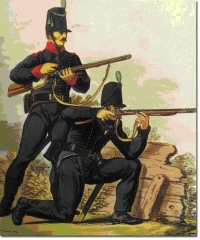
Was an Irish soldier in the British 95th Rifles. What makes him on of the greats is that he shot a very impressive French general, Auguste-Marie-François Colbert. During the battle at Cacabelos during Monroes retreat in 1809, Plunkett, using a Baker Rifle, shot the French general at a range of about 600 meters. Giving the incredible inaccuracy of rifles in the early 19th century, this was either a very impressive feat, or one hell of a fluke. Well Plunkett not wanting his army buddies to think he was a bit lucky decided to take the shot again before returning to his line. So he reloaded his gun and took aim once again this time at the trumpet major who had come to the generals aid. When this shot also hit its intended target, proving that Plunkett is just one badass marksman, he looked back to his line to see the impressed faces of the others in the 95th Rifles. Just for comparison the British soldiers were all armed with ‘Brown Bess muskets’ and trained to shoot into a body of men at 50 meters. Plunkett did 12 times that distance. Twice.
Carlos Norman Hathcock II
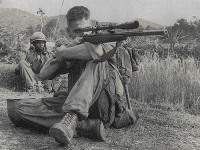
Nicknamed ‘Lông Trung du Kich’ (‘White Feather Sniper’) 93 Confirmed kills.
Hathcock has one of the most impressive mission records of any sniper in the Marine corps. Lets forget about the dozens of shooting championships he won, during the Vietnam war he amassed 93 confirmed kills. The Vietnam army put a $30,000 bounty on his life for killing so many of their men. Rewards put on U.S. snipers by the NVA (North Vietnamese Army) typically amounted to….say $8.
It was Hathcock who fired the most famous shot in sniper history. He fired a round, over a very long distance, which went through the scope of an enemy sniper, hit him in the eye, and killed him. Hathcock and Roland Burke his spotter were stalking the enemy sniper, (which had already killed several Marines) which they believed was sent to kill him specifically. When Hathcock saw a flash of light reflecting off the enemies scope he fired at it in a split second pulling off one of the most precise shots in history. Hathcock reasoned that the only way that this was possible, would have been if both snipers were aiming at each others scopes at the same time, and he fired first. However, although the distance was never confirmed, Hathcock knew that because of the flight time, it would have been easy for both snipers to kill each other. The white feather was synonymous with Hathcock (He kept one in his hat) and he removed it only once for a mission. Keep in mind that he volunteered for this mission, but he had to crawl over 1500 yards of enemy territory to shoot an NVA commanding general. Information wasn’t sent until he was on-route. (He volunteered for a mission he knew nothing about) It took 4 days and 3 nights without sleep of inch-by-inch crawling. One enemy soldier almost stepped on him as he laid camouflaged in a meadow. At another point he was nearly bitten by a viper, he didn’t flinch. He finally got into position and waited for the general. When he arrived Hathcock was ready. He fired one round and hit the general through the chest killing him. The soldiers started a search for the sniper and Hathcock had to crawl back to avoid detection. They never caught him. Nerves of steel.
Lord Lovat
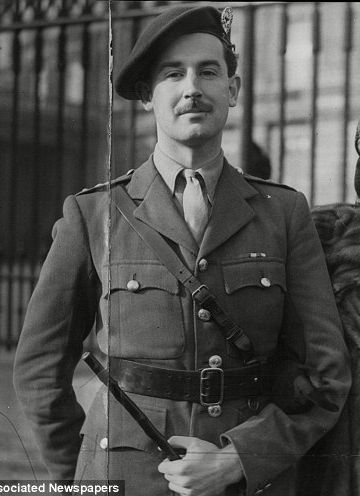
Lord Lovat, and his Scouts, were a specialized scout/observing unit that came from Scotland. The Lovat Scouts originated in about 1899 and began their very distinquished history as some of the best scouts and observers in the world. This reputation continued to grow during World Ward I as well. It was in October of 1916 that the formation of the ‘Lovat Scout, Sharpshooter’ unit happened with the intention of using this specialized Lovat unit as a specialized sniper organization, but it was quickly determined that a 200 man Lovat Scout, Sharpshooter unit was too small to be effective as a stand alone sniping unit and they were too specialized and valuable to give up their observation and stalking skills. It was at that point that Hesketh-Prichard helped reorganize the Lovat Sharpshooters to utilize them as ‘glassmen’ and observers
